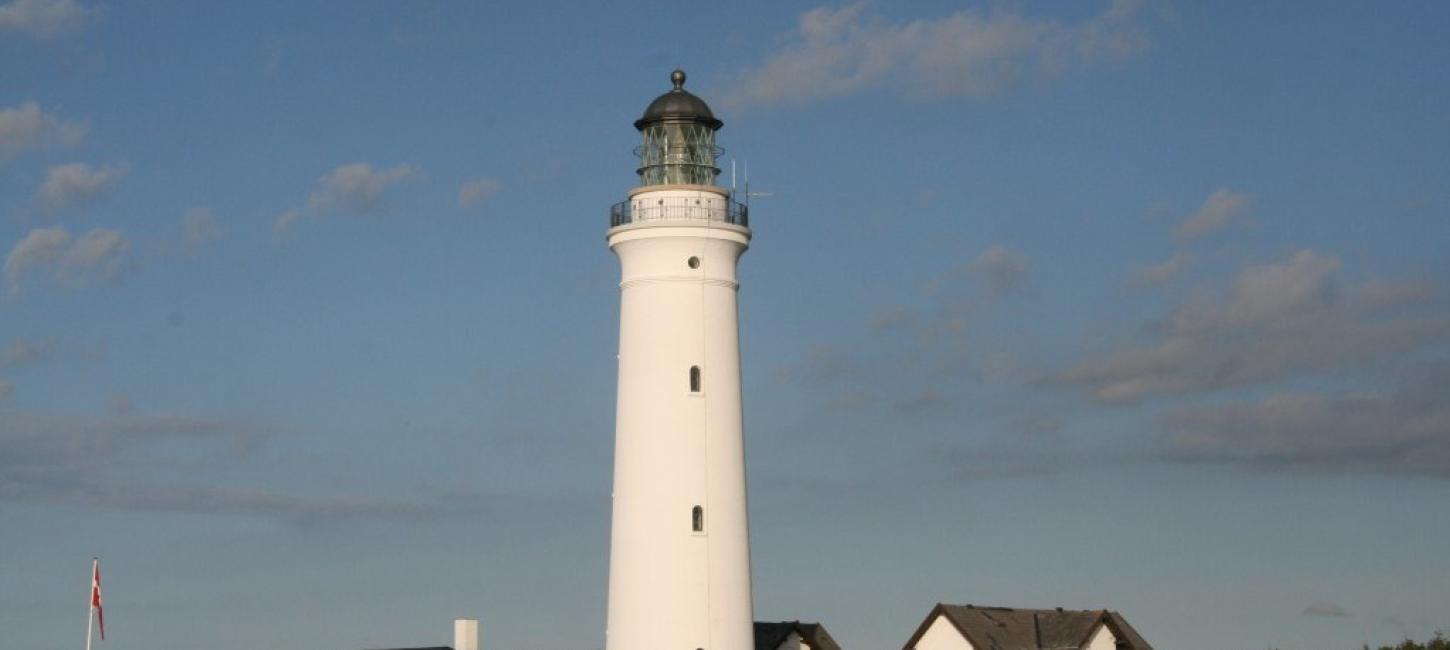
Hiking Stage Hirtshals-Lønstrup (21 km)
Photo: VisitHirtshals
This section of the Ancient Road offers a vivid impression of the landscapes of Vendsyssel with its majestic coastline and inland dunes, from the industrious port town of Hirtshals to the beautiful woodlands of Tornby Klitplantage and the idyllic fishing village Lønstrup.